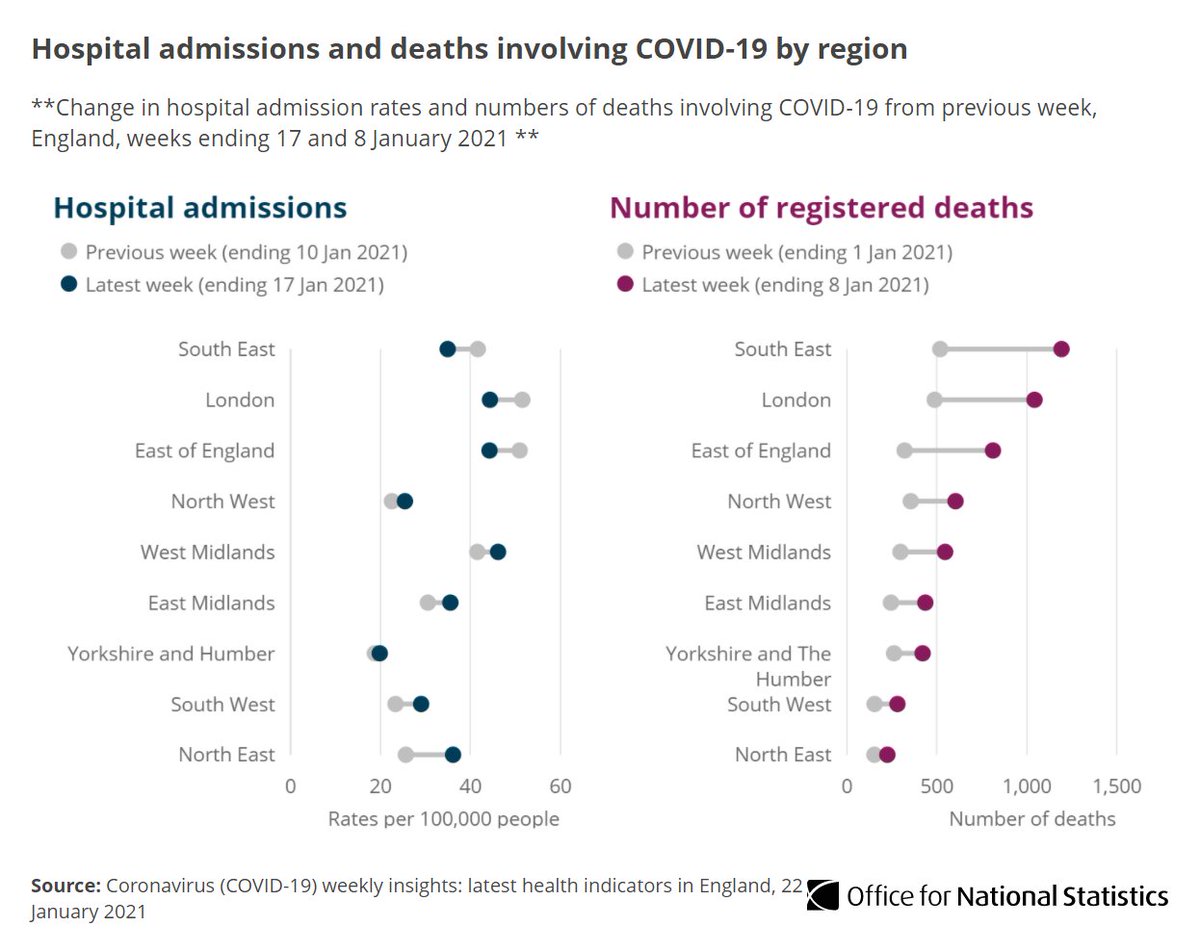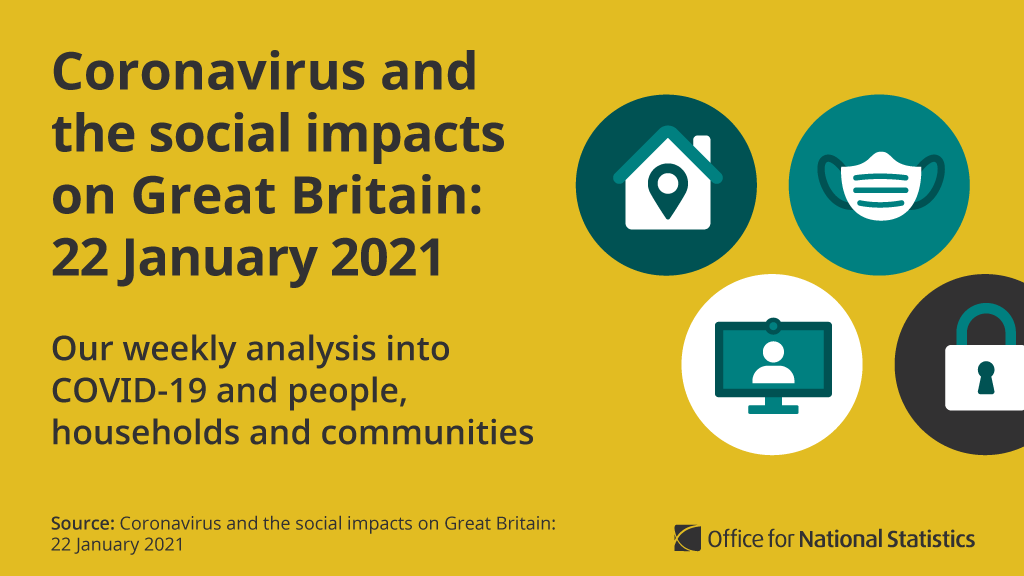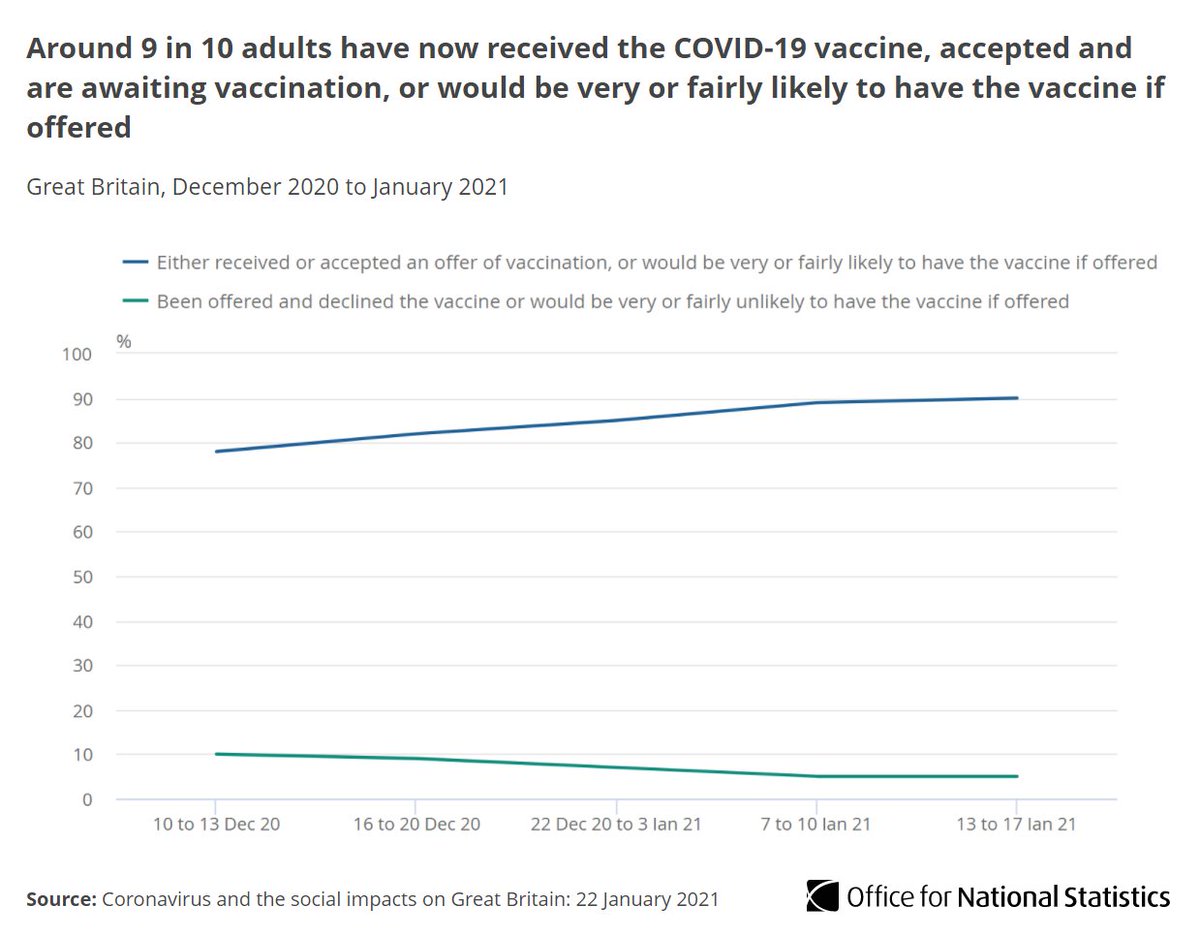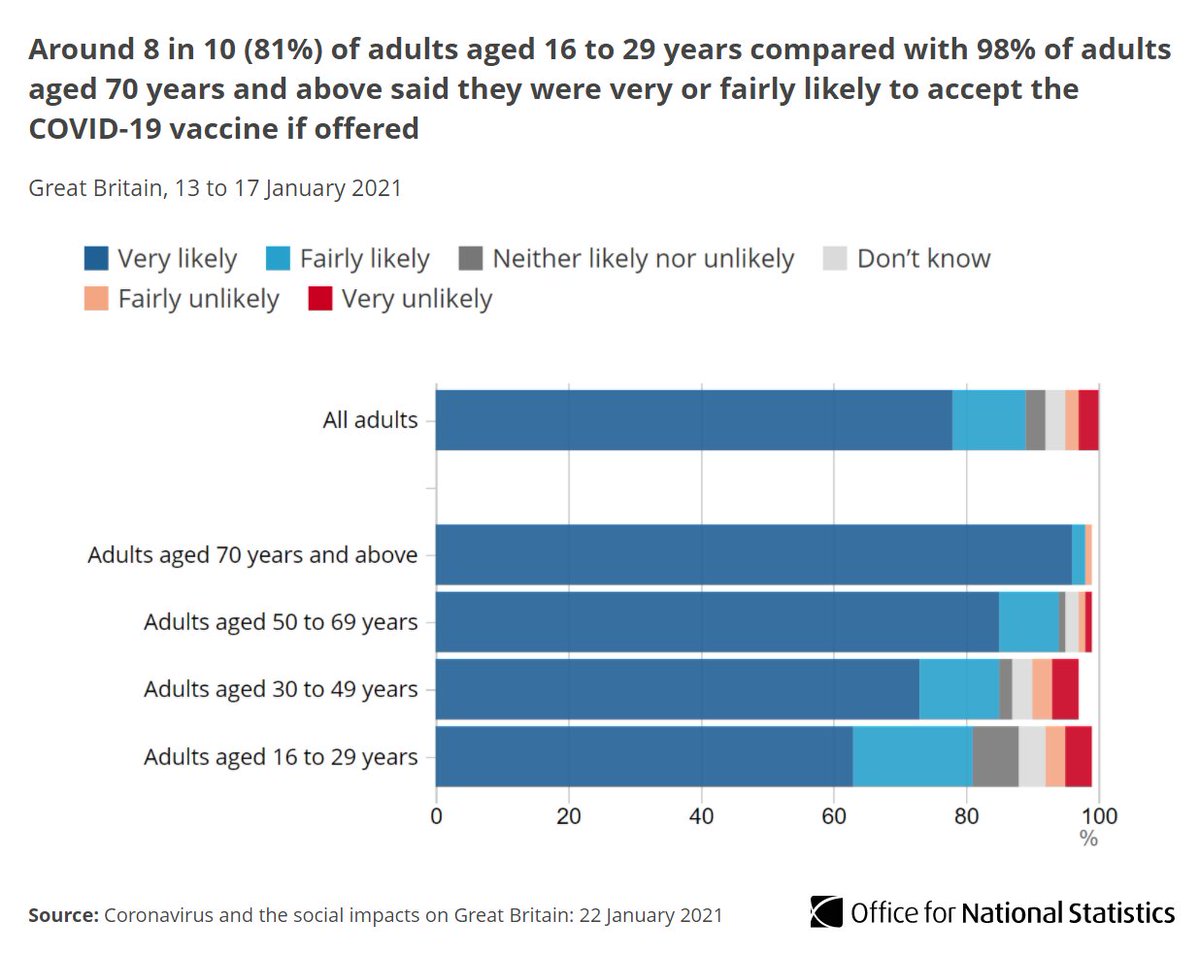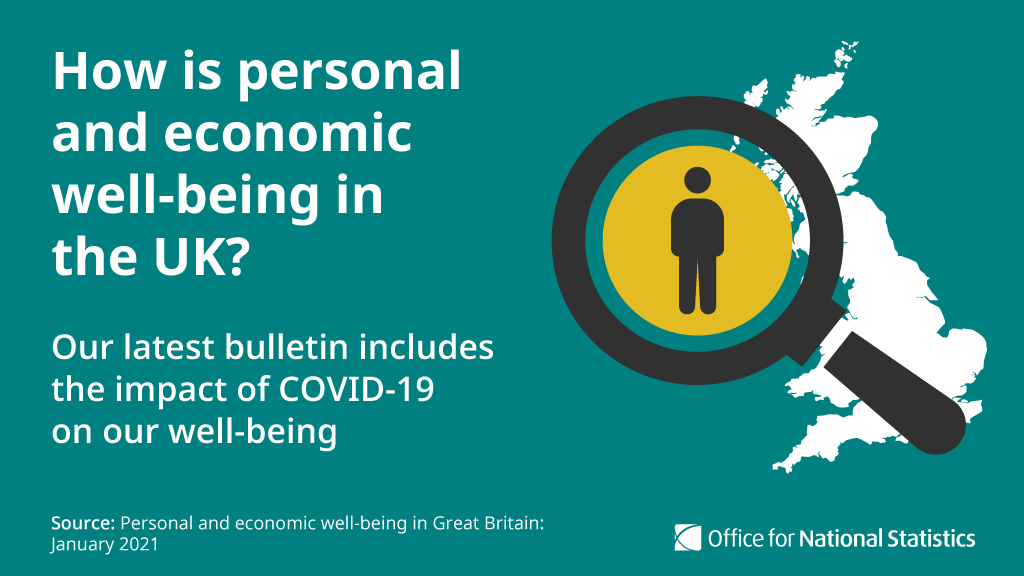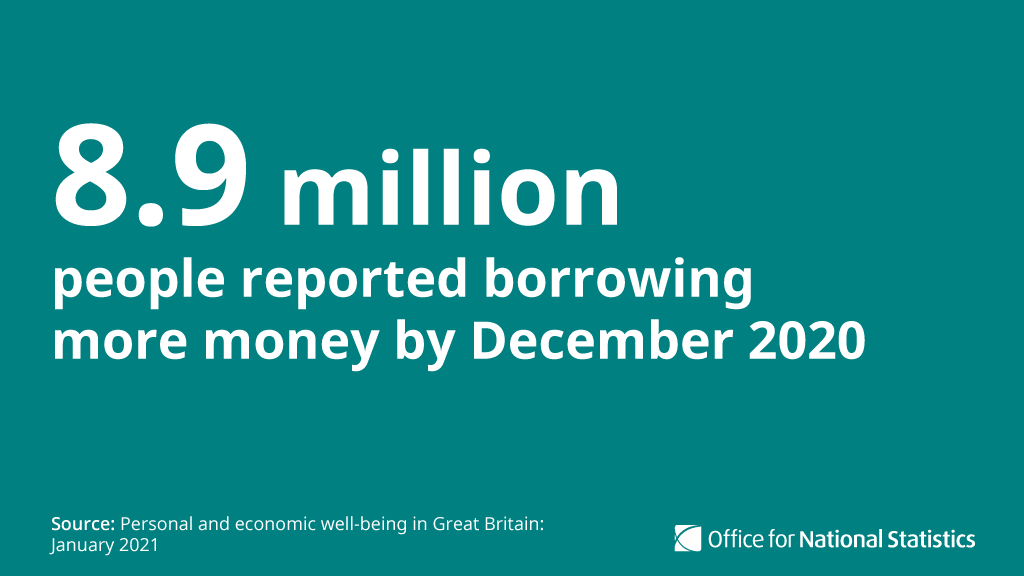
In financial year ending 2020 the median household income in the UK was £29,900, based on estimates from our Household Finances Survey.
This has risen 7% since financial year ending 2011, an average yearly increase of 0.8% ow.ly/CHJm50DeeYx
This has risen 7% since financial year ending 2011, an average yearly increase of 0.8% ow.ly/CHJm50DeeYx
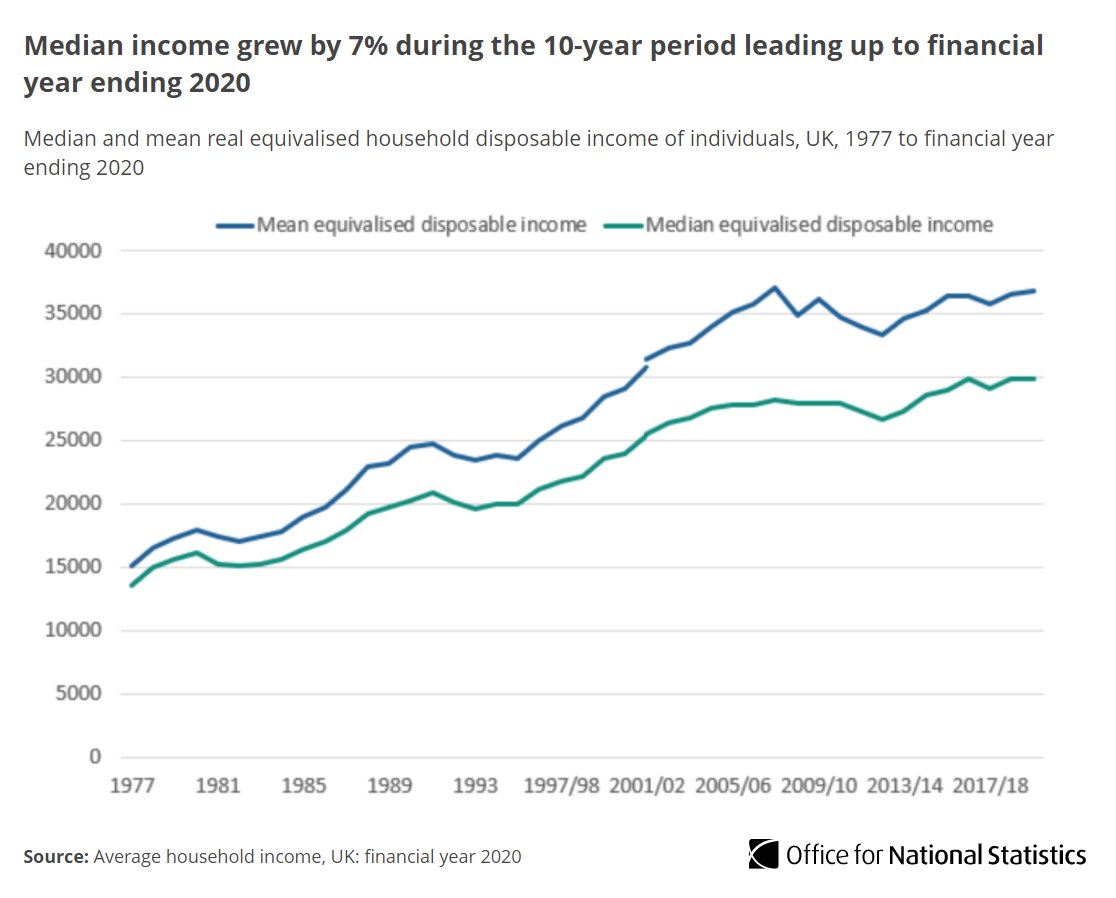
In the 10-year period leading up to financial year ending 2020, median income for the poorest fifth fell overall by 4.8% to £13,800.
In contrast, median income of the richest fifth of people steadily increased on average 0.7% a year to £62,400 ow.ly/VuB650DefaA
In contrast, median income of the richest fifth of people steadily increased on average 0.7% a year to £62,400 ow.ly/VuB650DefaA

Income inequality has increased by an average of 0.2% per year to 36.3% in the 10 years to 2020 – the highest reported measure in this time.
However, across the population it was lower than reported during the economic downturn of 2008 ow.ly/ecJT50Deffu
However, across the population it was lower than reported during the economic downturn of 2008 ow.ly/ecJT50Deffu

The gap between the richest in society and the rest of the population has widened over the 10-year period.
The ratio of income for the richest 20% compared with the poorest 20% rose from 5.3 to 6.2 over the 10-year period to financial year ending 2020 ow.ly/Xauq50Defjd
The ratio of income for the richest 20% compared with the poorest 20% rose from 5.3 to 6.2 over the 10-year period to financial year ending 2020 ow.ly/Xauq50Defjd

• • •
Missing some Tweet in this thread? You can try to
force a refresh



